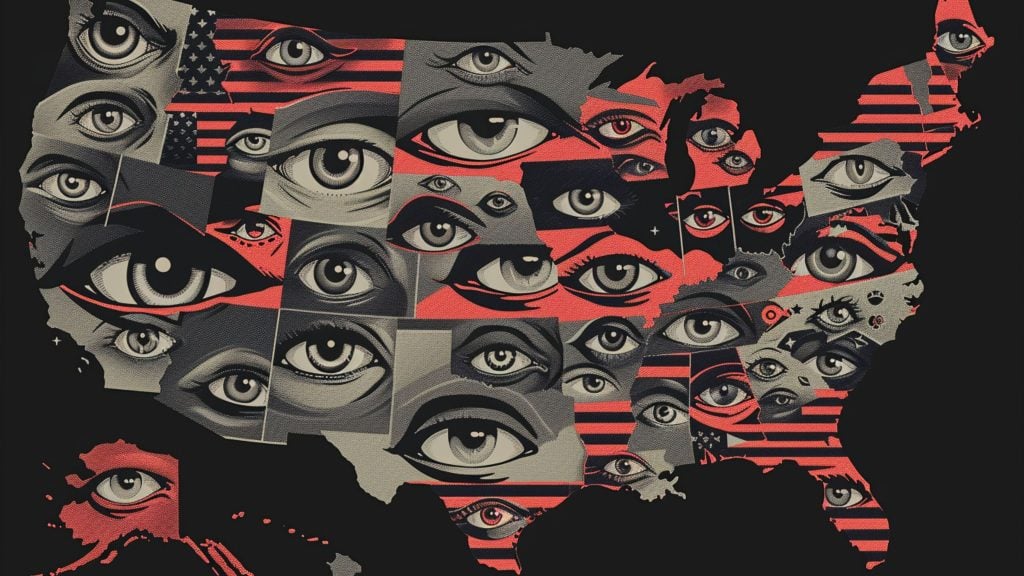The World Economic Forum (WEF) has announced the launch of the Connected Future Initiative, the latest among its efforts to promote what is known as Digital Public Infrastructure (DPI).
The global scheme, aiming to introduce digital IDs, digital payments, and data exchange platforms by 2030, counts the UN, the EU, and Bill Gates among its major supporters.
The WEF presents its new initiative as a way to establish the parameters for public-private cooperation, and “unlock the full potential of globally scaled, interoperable and future-ready digital public infrastructure.”
Those behind the initiative suggest their goal is to essentially strengthen DPI by incorporating technologies like extended reality (XR) and quantum computing, in addition to AI and biometrics, while pushing for global standards and DPI interoperability.
WEF also promises that the new initiative is supposed to secure “ethical and responsible” innovation, and lumps in issues like governance, data privacy concerns (as the second on the list), and equitable access while deploying “next-gen DPI.”
More: Over 100 Countries Back UN-Linked AI Pact Pushing Censorship and Surveillance
The need for DPI is explained simply as providing essential digital systems to individuals, companies, and communities, so they can participate in the digital economy and society.
WEF’s audience is further incentivized to accept DPI and its elements for allowing users to develop “the tools they need to see their creativity and entrepreneurship flourish.”
But the push to spread digital IDs, which centralize large amounts of comprehensive personal data in the hands of the authorities and corporations, has drawn criticism for privacy violations and mass surveillance potential.
A WEF blog post explains that DPI is built using data centers and communication networks – and acknowledges that the system uses “foundational elements like digital ID protocols.”
According to WEF, the private sector has been the engine behind the wide adoption of digital IDs and other services from the DPI agenda, “because they make products, services and the end user digital experience better.”
At the same time, WEF claims that “govtech” – built for the public sector – is “only a fraction” of the DPI system right now.
The post singles out India’s Aadhaar, a biometric digital ID scheme that links residents’ fingerprints and iris scans to a unique 12-digit identification number, as showcasing “the power of robust DPI development.”
But the Connected Future Initiative wants to see “novel” global public-private collaboration on producing DPI development leadership, focused on “emerging technologies,” in addition to the said collaboration – and aiming for a “global scale.”













